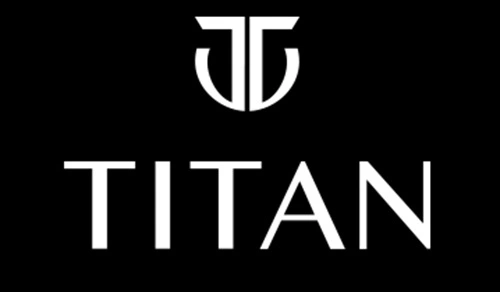Titan Company Limited stands as a prominent player in India’s lifestyle and luxury goods sector, with a diversified portfolio encompassing watches, jewelry, eyewear, and more. This SWOT analysis delves into Titan’s current position by evaluating its strengths, weaknesses, opportunities, and threats.
Strengths
1. Robust Market Presence and Brand Equity: Titan has established a formidable presence in the Indian market, with over 11,000 retail stores and more than 700 exclusive showrooms. This extensive distribution network enables the company to reach a wide customer base.
2. Diverse Product Portfolio: The company’s wide range of products, including watches, jewelry, eyewear, and other accessories, allows it to cater to different customer preferences and capture various market segments.
3. Strong Financial Performance: In the third quarter of the fiscal year 2024-25, Titan reported a 24% increase in revenue, driven by robust domestic festive demand for jewelry. The jewelry segment, which includes brands like Tanishq and CaratLane, grew by 26% year-on-year.

Weaknesses
1. Dependence on the Indian Market: Titan’s revenue primarily relies on the Indian market. While the company has a strong presence in India, it may face challenges if there are significant fluctuations in the domestic market.
2. Vulnerability to Economic Conditions: As a luxury goods company, Titan’s sales and profitability are susceptible to economic conditions. During periods of economic downturn, consumer spending on luxury items may decrease, impacting the company’s revenue.
Opportunities
1. Market Expansion: Titan has the potential to expand its presence in the international market. By exploring new markets and establishing a global footprint, the company can tap into new customer segments and increase its market share.
2. Product Diversification: The company can further diversify its product offerings to include more categories, such as fragrances and accessories, to cater to a broader customer base and reduce dependency on specific segments.
Threats
1. Intensifying Competition: The lifestyle and luxury goods market in India is becoming increasingly competitive, with both domestic and international brands vying for market share. This competition can lead to pricing pressures and reduced margins.
2. Regulatory Changes: Changes in government policies, such as alterations in import duties on gold, can impact Titan’s cost structure and profitability. For instance, a reduction in customs duty on gold imports led to inventory losses due to the devaluation of existing stock.
Conclusion
Titan Company Limited continues to leverage its strong brand equity, diverse product portfolio, and extensive distribution network to maintain its leadership position in India’s lifestyle and luxury goods sector. However, the company must address challenges such as market dependence and economic vulnerabilities. By capitalizing on opportunities for market expansion and product diversification, while mitigating threats from competition and regulatory changes, Titan can sustain its growth trajectory in the coming years.














